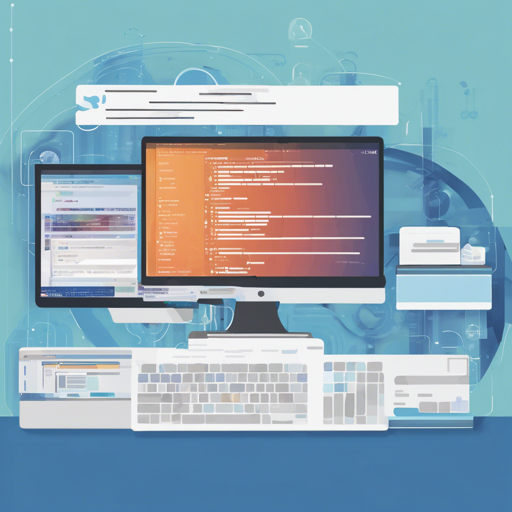Building RESTful APIs and microservices can often seem daunting, especially if you’re new to Node.js and Express. Luckily, the Express ES2017 REST API Boilerplate simplifies this process considerably. This blog will guide you through the steps to get started with this boilerplate, along with some troubleshooting tips!
Features of the Boilerplate
- No transpilers, just vanilla JavaScript
- Utilizes ES2017 features like Async/Await
- CORS enabled for cross-origin requests
- Supports Yarn for dependency management
- Integrates Express and MongoDB using Mongoose
- Consistent coding styles via EditorConfig
- Docker support for containerization
- Security enhancements with Helmet
- Environment variables managed through .env files using dotenv
- Data validation with Joi
- Gzip compression for better performance
- Linting with ESLint
- Testing capabilities with Mocha, Chai, and Sinon
- Code coverage monitoring using Istanbul
- Logging implemented with Morgan
- Authentication and authorization features via Passport
- Automated API documentation generation with Apidoc
- Continuous integration via Travis CI
- Application monitoring with PM2
Getting Started
To make this exciting journey seamless, let’s break it down into digestible steps:
1. Clone the Repository
Start by cloning the boilerplate repository to your local machine:
git clone --depth 1 https://github.com/danielfsousa/express-rest-es2017-boilerplate
cd express-rest-es2017-boilerplate
rm -rf .git2. Install Dependencies
Next, install the necessary dependencies:
yarn3. Configure Environment Variables
Copy the example environment file and customize it to your needs:
cp .env.example .env4. Running Locally
Begin your local development server:
yarn dev5. Running in Production
To run your application in production mode, simply execute the following:
yarn startUnderstanding the Code: An Analogy
Think of the boilerplate as a prefabricated house. Each component of the house (such as walls, roof, and doors) is already built and has defined purposes. When you clone the repository, it’s like moving into that house. You then install dependencies, much like adding furniture that reflects your taste and meets your needs. The environment variables are your building permits, ensuring everything complies with regulations. Once set up, you’re free to start creating your cozy new environment (running the server)!
Troubleshooting
You might encounter some common issues while setting up your REST API. Here are a few troubleshooting tips:
- Port Issues: If your server doesn’t start, ensure that the port you’re trying to use is not already occupied by another application.
- Dependency Errors: If you see errors regarding missing packages, re-run the
yarncommand to ensure all dependencies are installed. - Environment Variable Problems: Make sure your
.envfile is correctly set up. Misspelled variable names can lead to configuration issues.
For more insights, updates, or to collaborate on AI development projects, stay connected with fxis.ai.
Running Tests
It’s important to test your code to ensure everything works smoothly! Use the following commands to run your tests:
yarn test
yarn test:unit
yarn test:integrationConclusion
With the Express ES2017 REST API Boilerplate, creating a robust RESTful API becomes an effortless task. The built-in features and tools significantly reduce the setup time, allowing you to focus on coding your application logic.
At fxis.ai, we believe that such advancements are crucial for the future of AI, as they enable more comprehensive and effective solutions. Our team is continually exploring new methodologies to push the envelope in artificial intelligence, ensuring that our clients benefit from the latest technological innovations.

